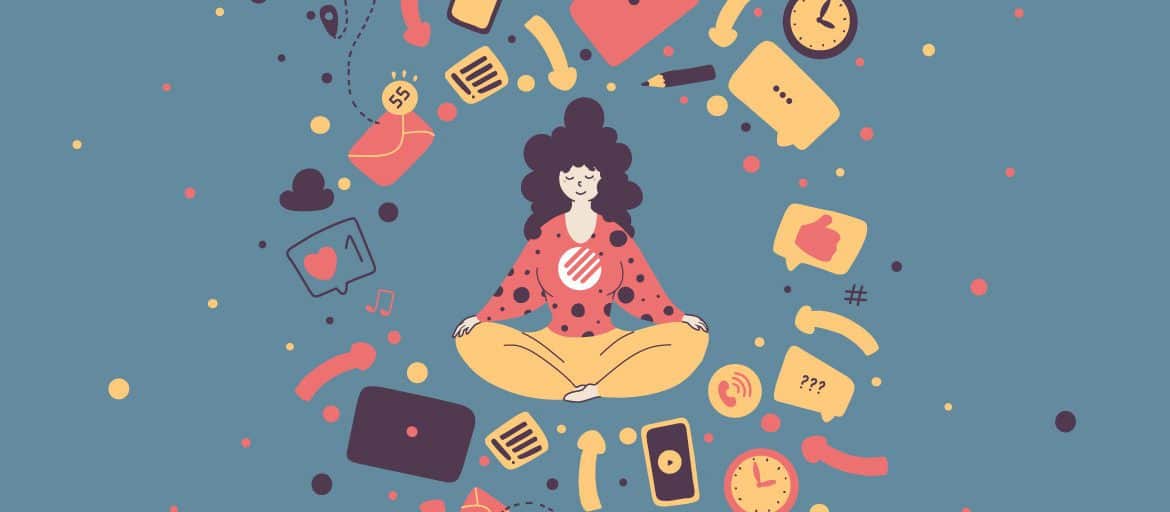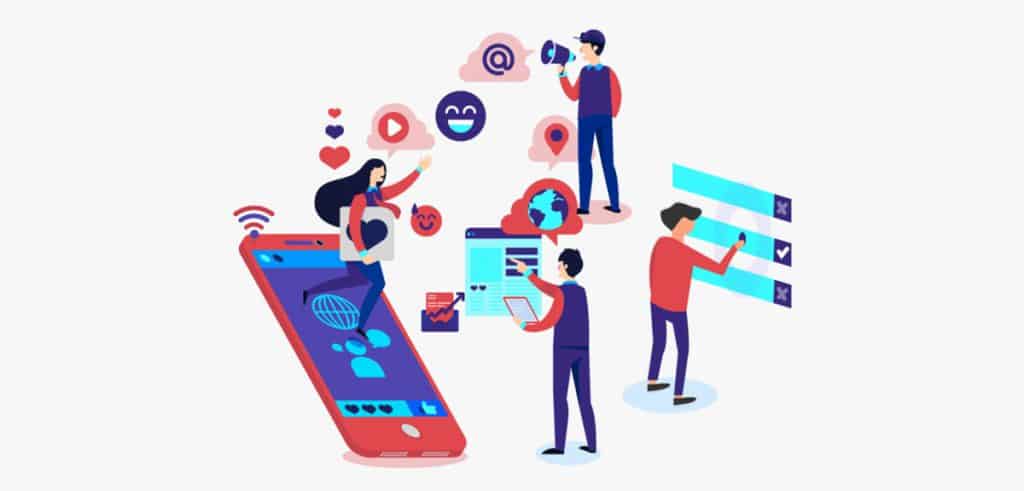In today’s fast-paced digital world, finding a healthy balance between our use of technology and our overall well-being is more important than ever. The new year presents an opportunity for us to reflect on our digital habits and make positive changes to improve our digital wellness. In this article, we will explore a range of tech tools and strategies that can help us find that balance and enhance our productivity, reduce stress, and promote overall well-being in the digital age.
Automate Your Time Blocking with Viva Insights
One of the key challenges we face in the digital age is the constant distraction from emails, notifications, and meetings that disrupt our workflow and hinder our productivity. Microsoft’s Viva Insights app, available in Microsoft Teams or your browser, offers a solution to this problem by automating time blocking for uninterrupted work time.
By using the “focus time” feature in Viva Insights, you can automatically block your calendar for dedicated work sessions. The app prompts you to choose specific times based on your current meetings and creates calendar appointments for you. You can also set up recurring time blocks by clicking “protect time” and specifying your preferred morning or afternoon focus time. This automated time blocking helps you prioritize your tasks, stay focused, and increase both productivity and overall well-being.
Disengage from App Notifications for a Healthy Work-Life Balance
While having work apps installed on our personal devices can help us stay connected, it can also blur the boundaries between work and personal life. To ensure a healthy work-life balance, it’s important to disengage from app notifications during non-work hours or when taking a break.

In the Outlook and Teams apps, you can easily mute mobile notifications by setting daily quiet hours or enabling the “do not disturb” mode. In the Outlook app, simply tap the menu in the upper left corner, then the alarm clock icon in the upper right corner. From there, you can choose to pause notifications by specific times, days, or during appointments. You can also disable notifications on weekends or evenings with easy toggles.
For Teams, access the “notifications” settings from your profile menu and configure how and when the app should disable notifications to your device. By taking control of your app notifications, you can ensure uninterrupted relaxation and personal time, promoting a healthier work-life balance.
Take Time to Recharge and Refocus
In today’s fast-paced work environment, it’s crucial to take regular breaks and recharge both physically and mentally. Blocking time on your calendar for breaks and incorporating activities that promote relaxation and rejuvenation can significantly enhance your overall well-being and productivity.
Consider taking short breaks during the day to enjoy a cup of tea or go for a refreshing walk. These simple activities can help you refocus, reduce stress levels, and boost energy levels. Additionally, switching tasks and engaging in continuous learning can be an excellent way to recharge at work.
As part of their commitment to promoting digital wellness, ITS provides free access to LinkedIn Learning for students, faculty, and staff. Activate LinkedIn Learning using your Onyen to explore a vast library of educational resources and engage in activities that stimulate your mind and promote personal growth. Taking the time to recharge and learn new skills not only enhances your well-being but also contributes to your professional development.
Enhance Digital Wellness in Meetings
Meetings are an integral part of our work routine, but they can sometimes become overwhelming and negatively impact our digital wellness. By implementing a few simple strategies, we can make our meetings more efficient, less stressful, and promote overall well-being.
Shorter Meetings for Better Cognitive Processing
Research conducted by Microsoft suggests that shorter breaks between meetings can significantly reduce stress levels and improve cognitive processing. By setting a shorter default duration for meetings, such as 30 minutes, you can create buffers or break times. This allows attendees to decompress, prepare for the next meeting, or simply take a moment to relax. In Outlook, you can easily adjust the default meeting duration to incorporate these valuable breaks.

Hide Self-View and Optimize Video Settings
The rise of virtual meetings has brought about a phenomenon known as “Zoom fatigue,” where the constant visual presence and self-view can be mentally draining. Recent studies indicate that having the camera on during meetings can be more fatiguing than having it off. To alleviate this fatigue, consider hiding your self-view while keeping your camera on.
In popular video conferencing platforms like Zoom and Microsoft Teams, you can hide your video or replace it with an avatar. By disabling self-view, you can take a break from being on-camera while still providing visual feedback to your colleagues. This simple adjustment can contribute to a more relaxed and less fatiguing meeting experience.
Engage and Give Feedback
Active engagement in meetings is not only essential for effective collaboration but also plays a role in promoting digital wellness. Utilize the reactions button available in platforms like Teams and Zoom to provide feedback and show your engagement. Whether it’s a thumbs-up, applause, hearts, or a laughing emoji, these reactions help create a positive and interactive meeting environment.
By implementing these strategies, you can enhance the overall well-being and productivity of your meetings while promoting a healthier digital experience for all participants.
Conclusion
As we navigate the ever-evolving digital landscape, it’s crucial to prioritize our digital wellness and find a healthy balance between our use of technology and our overall well-being. By utilizing the tech tools and strategies discussed in this article, such as automated time blocking, disengaging from app notifications, taking regular breaks, and optimizing meetings, we can promote productivity, reduce stress, and enhance our overall digital wellness.
Remember, creating a healthy relationship with technology is an ongoing process that requires self-awareness, discipline, and a commitment to personal well-being. Embrace these tools and strategies as a means to achieve a more balanced and fulfilling digital life. Let’s embark on this journey to improve our digital wellness together!
